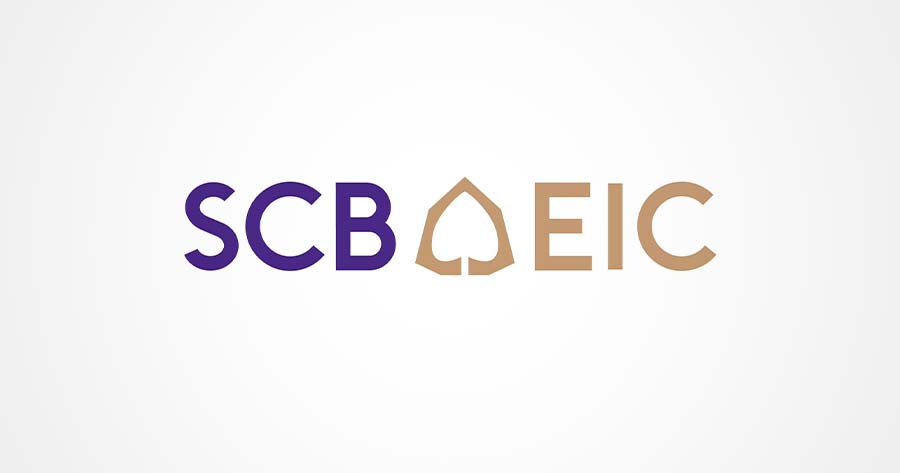Siam Commercial Bank Economic Intelligence Center (SCB EIC) assesses that Thailand’s economy in 2025 and 2026 is likely to experience low growth rates of just 1.8% and 1.5%, respectively. Economic expansion could fall below 1% from the second half of this year through the first half of next year, mainly due to a slowdown in exports following the United States imposing a 19% tariff on Thai goods, which has impacted the manufacturing sector and overseas income.
Although August export figures still showed a 5.8% increase, this was mainly driven by temporary factors, such as accelerated exports of electronics before the tariff took effect and strong gold exports benefiting from high gold prices. Excluding these, actual export figures contracted by approximately -2%, reflecting the clear impact of U.S. tariff measures. SCB EIC expects that Thailand’s export value for the remainder of this year and through 2026 remains at risk of a continued decline, becoming a key drag on overall economic growth.
Private consumption remains fragile. The household debt-to-GDP ratio in 2Q25 remains high at 86.8%. While on a downward trend, this mainly results from subdued borrowing and tighter credit standards by financial institutions. Meanwhile, household income decreased for the first time since the COVID-19 pandemic, and the consumer confidence index remains low, despite temporary support from greater political clarity and stimulus policies implemented by the new government.
Headline inflation is expected to remain negative throughout this year and next, due to lower global energy prices and measures to curb living costs, especially diesel prices projected to average lower than THB 30 per liter in 2026. SCB EIC forecasts that the average general inflation rate for 2025 will be -0.1%, the first negative reading in four years, and inflation in 2026 will be as low as 0.2%—below the Bank of Thailand’s target range of 1-3%.
SCB EIC cautions that although Thailand has not entered a full deflationary phase, the risks have substantially increased. Indications include six consecutive months of negative inflation, the proportion of items with declining prices rising to 43% of the inflation basket, falling household incomes, and persistently high debt burdens. This combination weakens domestic demand, restricts businesses’ ability to raise prices, and intensifies competition from imported Chinese goods.
Regarding government policy, the new administration, “Anutin 1”, follows a Quick Big Win approach with short-term stimulus measures—such as the “Khon La Khrueng Plus” program with a THB 67 billion budget and a central economic stimulus budget of THB 150 billion. However, SCB EIC assesses that the impact on GDP will remain limited, as much of the allocation is from existing projects and may leak outside the tax system.
On monetary policy, the Monetary Policy Committee (MPC) kept the policy rate at 1.5% in October, as expected. SCB EIC anticipates that the MPC will cut rates two more times—in December and early 2026—down to 1.0% to support the economy amid persistent business and household sector fragility.
Meanwhile, the global economy is slowing, impacted by U.S. tariff barriers and rising geopolitical risks as the U.S. is threatening to increase tariffs on Chinese goods by another 100% from November 1. Besides Japan, many major countries are likely to further ease monetary policy to mitigate global economic slowdown risks in 2026.





